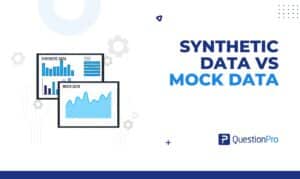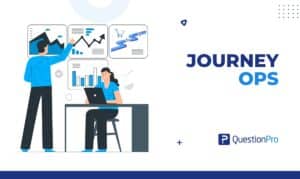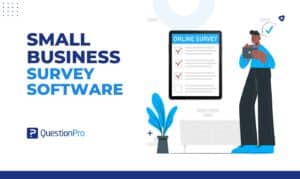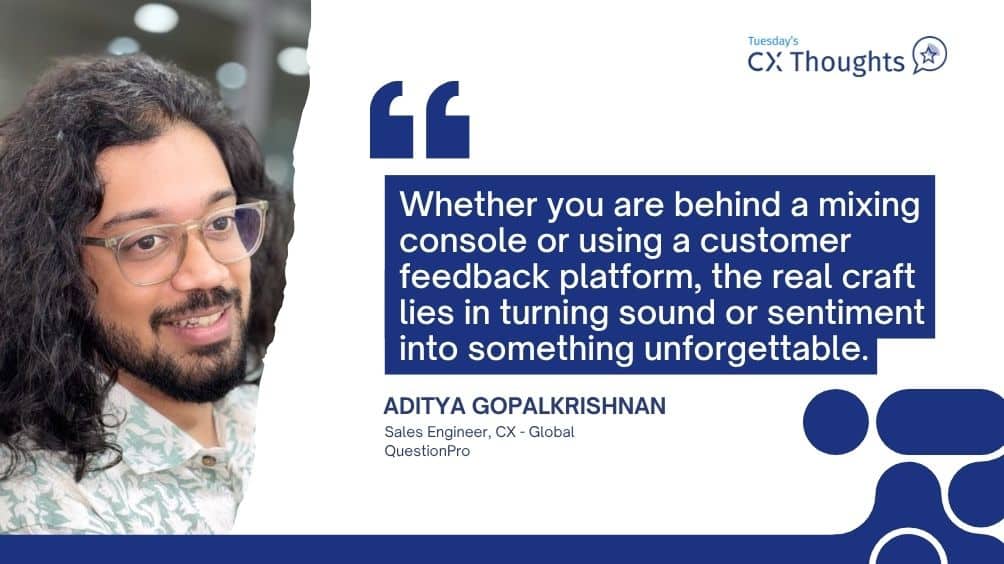Eye tracking is the process of recording and analyzing people’s eye movements to learn what elements naturally catch their attention.
For example, this method determines what usability test participants see and take while viewing online media. It observes their mouse cursors, interactions with links and controls, and body language. They also carefully listen to their narrations and comments aloud.
If you don’t have internal usability experts, you can think about hiring tracking services through a usability consultant.
With eye tracking, it is possible to obtain precise information about how attractive visual elements are to users, such as the navigation interface, graphics, links, text, multimedia content, etc.
What is eye tracking?
Eye tracking refers to the process of measuring where we look, also known as the point where the gaze patterns are fixed. An eye tracker records the position of the eyes and the movements they make during these measurements.
Eye tracking uses invisible near-infrared light and high-definition cameras to project light into the eye and record the direction in which it reflects off the cornea.
Then, advanced algorithms are used to calculate the eye’s position and determine exactly where to focus. Measuring and studying visual behavior and fine eye movements become possible because we can map the eye’s position several times per second.
The speed with which eye tracking can capture these images is known as their frequency.
A person can make a recording of the scene they are looking at, and with tracking software, they can produce a visual map of how they viewed items in the scene.
Objectives of eye tracking for your research
Eye tracking systems typically record and analyze eye movement data using hardware- or software-based methods. By identifying common eye movements of users while viewing content online, we can address research questions such as:
- What is the first thing users see on our home page (or any other page)?
- Do you immediately notice the calls to action on this page?
- Are users reading this content?
- Are users noticing this interface feature, and if so, how long does it take for them to see it?
- Which of these navigation systems is the most detectable?
- What page elements are distracting users from easily performing a task?
- Will our new design be more effective than the current one?
Eye tracking gives us valuable information about how users perceive online content.
Combining the generated information obtained through traditional research methods makes optimizing page layout and visual design possible, which leads to a better user experience and higher conversion rates.
It studies can also be a cost-effective way for clients to ensure they are getting good ROI on design and usability.
Types of eye tracking
The participant’s pupil is the focal point of the eye-tracking device, which records the participant’s gaze direction and intensity. Next, we have for you the different types of existing eye tracking. Researchers can choose the ideal, depending on the objectives of their research.
On-Screen Records
On-screen eye tracking is a useful method to determine how people interact with devices. It tracks users’ gaze movements while interacting with digital content on monitors or phone screens. This is important in user experience design, usability testing, and digital marketing research.
These are remote devices that can be connected to a laptop or monitor. On-screen eye tracking uses cameras, either external or built-inside devices, to track eye movements. Heatmaps and graphs of the data can be used to highlight attention patterns.
Transportable
Transportable eye tracking is the option if you require flexibility and portability. These devices perform brilliantly in a variety of scenarios, including field research, usability testing, and market research. They mix hardware and software tracking features.
Transportable systems have lightweight components and easy-to-use interfaces. They can be swiftly set up and capture accurate eye movement data outside of labs. These include eye-tracking goggles and virtual reality headsets with integrated eye-tracking.
Webcam
For accessibility, there’s webcam eye tracking. Webcam eye tracking is ideal for basic applications and insights into user behavior that do not require specialized gear. It’s utilized for basic research, usability studies, and Internet market research.
Webcam tracking uses a webcam instead of an actual eye tracker with infrared illuminators to locate someone’s gaze. They do not have specialized sensors or cameras; they are composed only of the device connected or incorporated into a computer.
Applications of Eye-tracking
This technology and research methodology could be applied in a wide variety of areas. These include:
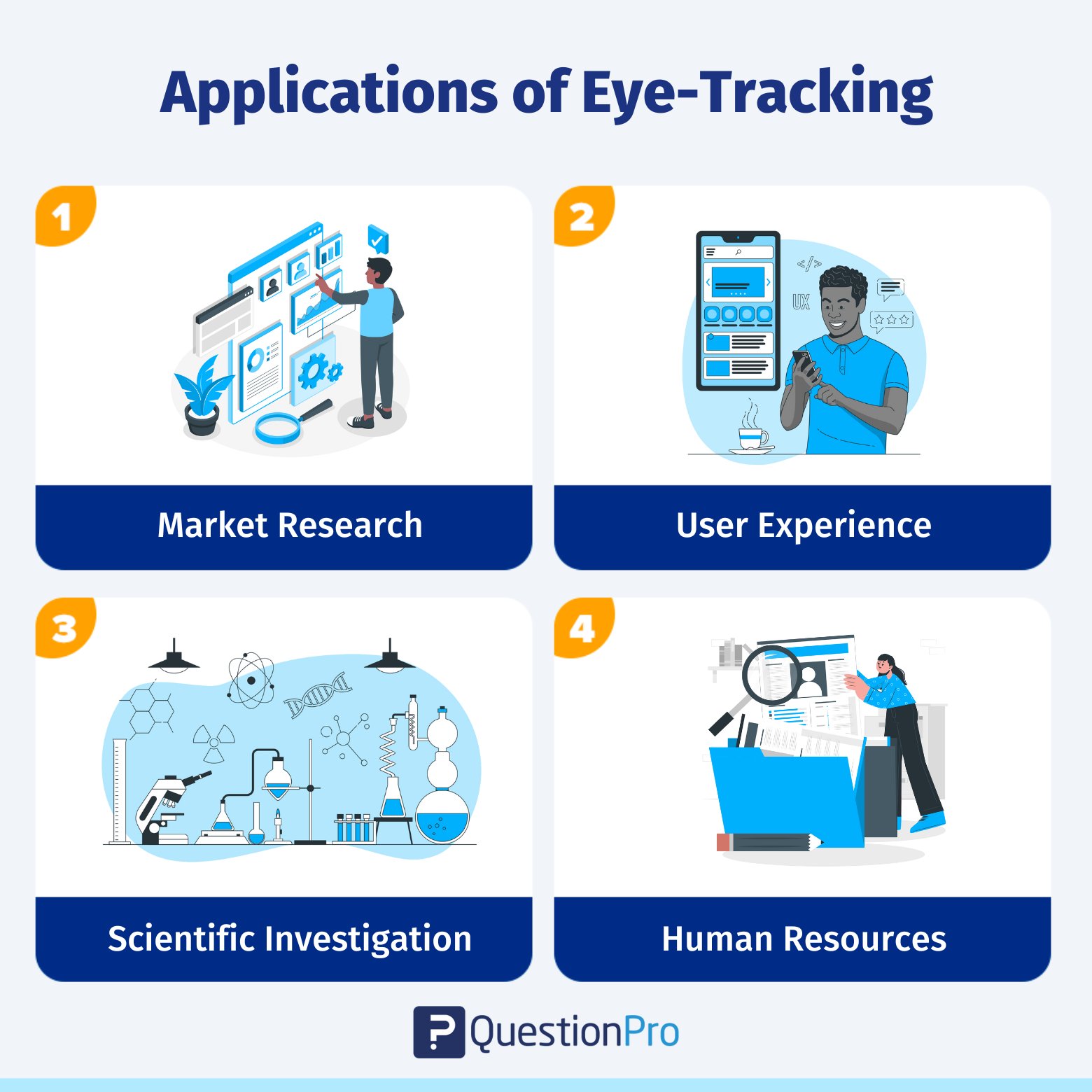
Market research
Eye tracking is very popular in market research, as it provides detailed and unbiased information about consumer behavior and decision-making processes.
In addition, it allows researchers to analyze the process that consumers go through to choose a product, showing what elements naturally attracted their attention and what they ignored.
It details authentic consumer behavior, which is useful for in-store advertising design, branding, packaging, and product placement.
User experience
There’s no better way to test the user experience than to see it through their eyes. Eye tracking can be run to study how platforms and services are used and how effectively they meet their objectives.
It can reveal design flaws and even usage methods that may not have been apparent in the creative process.
Scientific investigation
By studying visual behavior, it is possible to obtain valuable information about development, learning patterns, or cognitive disease.
Generally, this research method can be used in people who have conditions such as Alzheimer’s, Parkinson’s, schizophrenia, autism, depression, etc.
Similarly, dyslexia and other reading or learning difficulties can be identified and studied using it.
Human Resources
Eye tracking offers a valuable picture of the processes implemented in an organization.
Companies use this method to identify risks and operational inefficiencies and streamline training, saving time and improving productivity.
Eye tracking offers unique insight into actions that are performed quickly and often subconsciously, which can be studied and turned into training material for employees.
How to carry out an eye tracking or eye tracking study?
There are currently three main techniques:
Fixed system
In the laboratory, the test participants are seated in front of a computer equipped with infrared light emitters and cameras. The device is invisible, so the user does not feel uncomfortable. For a mobile eye tracking study, it is also possible to use the smartphone or tablet’s camera.
Mobile system
Mobile eye-tracking studies provide participants with flexibility by allowing them to interact with content in natural settings. The user wears special glasses with cameras and lenses.
Prediction system
There is already software capable of reproducing the habitual movement of the eyes before a visual element (web page, SERP, email, etc.). This technique is the easiest to apply and the most economical.
The results of the study materialize in different ways:
Heat map
A heat map is a common approach for presenting the results of an eye-tracking study. A heat map shows where participants looked and spent the most time during a certain task or interaction. Hot areas, the ones that have attracted the most attention, appear in red, while cold areas are represented in blue.
Heat maps provide useful information about user attention patterns. You can see which areas of a screen or interface drew the greatest visual attention. This data helps UX designers, marketers, and academics determine which features engage or distract users.
Route map
It allows you to follow the eye’s route and know the order in which the elements were discovered. This map can be fixed with a numbering system or an arrow system. The path of the eye can also be the subject of a video.
Route maps provide insights into users’ thinking steps when interacting with content. They indicate how participants shift between different things and the normal flow of visual attention. This data is useful for studying user behavior and enhancing interface and content design to assist users through desired interactions.
Advantages of eye tracking
Among the most important benefits of eye tracking is its ability to record and analyze visual behavior in a detailed and objective way.
It would be impossible to ask someone scanning the aisles of a supermarket to remember, let alone quantify, the amount of time they spent looking at each item, or even exactly where they looked or which advertisements they noticed the most.
Accurate eye tracking has other great benefits for an investigation. Below, we mention each of them:
- Reveals subconscious behavior: Researchers can gain insight into our behaviors instinctively.
- Provides unbiased, objective, and quantifiable data: Eliminates the need to try to remember or explain where you looked and prevents study participants from assuming details and giving incorrect information.
- Allows for natural behavior: Eye trackers are unobtrusive and allow tasks to be carried out as normal.
- It is versatile and mobile: You can use it in almost any environment and scenario.
- Provides a high level of detail: Depending on the device and software, the results can offer a very high level of granularity for deep analysis.
- Offers real-time information: With live streaming, you can immediately see the person’s gaze tracking.
- It is explanatory: It can represent difficult processes and actions to articulate or explain.
- Provides a graphic visualization: It uses heat maps and graphs that show the results of eye tracking and allows one to visualize the interaction of people in an environment and their response to different stimuli.
- Add value to other biometric data: Eye tracking can improve the use of these devices by providing additional information about what led to physiological responses.
Conclusion
Eye tracking research allows researchers to study a participant’s eye movements during a range of activities. This gives insight into the cognitive processes that underlie a wide variety of human behavior and can reveal things like learning patterns and methods of social interaction.
It also allows the detection of atypical neurodevelopment and cognitive or perceptual disabilities. Eye-tracking technology also allows young children and those with neurological impairments who cannot explain their thought processes, to participate in studies.
The eye-tracking system is not a replacement for traditional usability testing methods. However, with a few minor modifications, you can introduce it and take full advantage of what it does best.
The data generated from it complements other usability findings to give us a more comprehensive and sometimes more quantitative view of usability issues.
Eye tracking data can help us identify the barriers and distractions that prevent users from finding things quickly or otherwise detract from their online experiences and reveal interesting viewing patterns that lead to recommendations for better, more actionable designs that satisfy both user needs and business objectives.
QuestionPro Research Suite is a suite of tools to leverage research and transform insights. The suite offers a range of advanced features catering to different research needs and scenarios. By utilizing QuestionPro, researchers and professionals can obtain valuable information on user attention patterns, preferences, and interactions.




